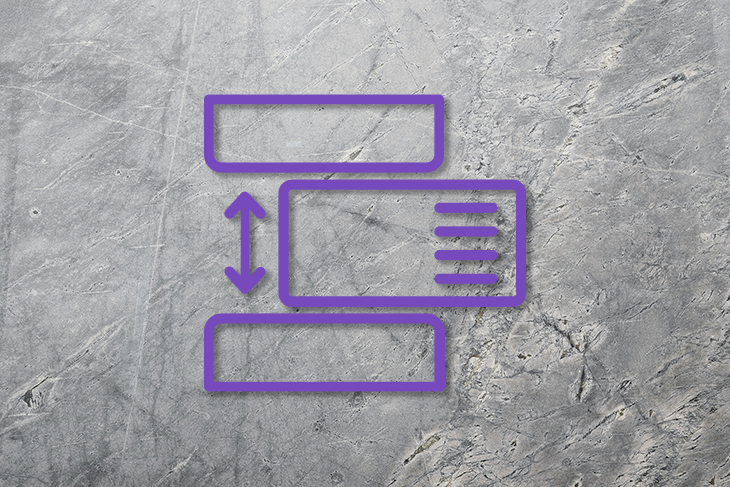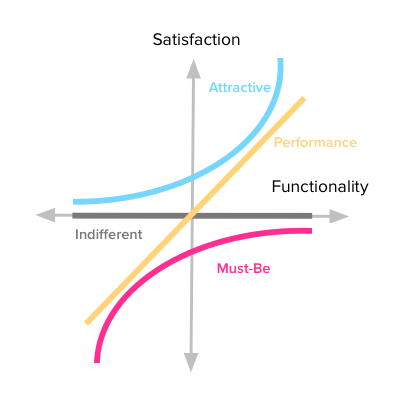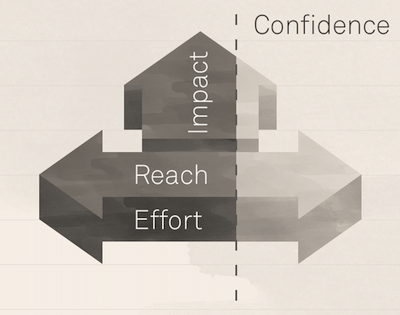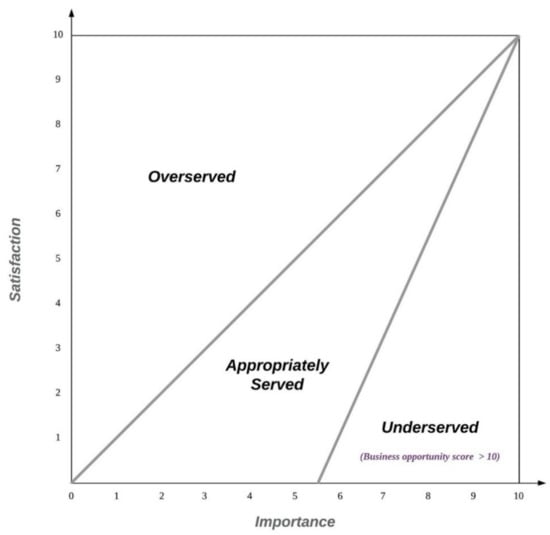One of the biggest decisions a product manager has to make is how to prioritize features to build. That’s where feature prioritization strategies and frameworks come in to save the day.

Prioritization frameworks are an essential part of a product manager’s tool kit because they aid in facilitating clear communication and making efficient product decisions.
Product feature prioritization is the process of determining which features the team will built first based on customer needs, overall business goals, team resources, and other factors.
At any given time, there are many features, ideas, and backlog items to build, but the product development team only has so much time and bandwidth. Product managers also need to juggle the varying opinions of employees, executives, stakeholders, and customers when choosing what projects to prioritize. And let’s not forget the budget and delivering features with a strong ROI.
It’s a lot of pressure to make the right decision when it comes to feature prioritization. Understanding strategies to prioritize the best features for your product is crucial to pushing forward a successful product roadmap.
One of the main responsibilities of a product manager is to be a customer advocate, which means prioritizing customer-centric product features. While sometimes this can be a gut feeling, you can build consensus with executives and other stakeholders if you have the data to back up your roadmap.
Feature prioritization frameworks can provide the data you need to make informed product decisions. Frameworks are particularly helpful when it comes to sifting through opinions and ideas to focus on what genuinely matters to the customer.
Let’s evaluate a few of the most commonly used feature prioritization frameworks. Choosing the right framework will depend on your resources and your organization’s work style.
The Kano Model theory is that customer satisfaction is predicted based on the extent to which a a product’s functionality or feature meets their needs.
The first step is to separate features into the following three categories; defining these features helps build the model later on:

Customers are sent a questionnaire and asked to share how much they liked or didn’t like a product feature. This helps product managers determine what a customer perceives as valuable to the product.
Once a questionnaire is completed, the results are tabulated into a visual representation built along a vertical and horizontal axis. The X-axis represents functionality. The scale measures how well the function is executed and scored from “Done poorly” to “Did it well.”
Meanwhile, the Y-axis demonstrates the customer satisfaction level. Similarly, customer satisfaction is evaluated on a scale of “Extremely disliked” to “Extremely liked.”
The Kano Model is excellent for product teams looking to learn what features customers expect and subsequently make product decisions aligned with their needs. However, it’s crucial to gain accurate results from your survey. By choosing customers who are familiar with the product features, they can give an informed opinion on them.
The RICE model focuses on four areas which, evaluated together, produce a score meant to influence prioritization. The four areas are:
Once you’ve determined a score for each area, you can use the following formula to discover your RICE score:
(Reach * Impact * Confidence) / Effort

The higher the RICE score, the higher the priority. Ideally, you should focus on features with a high impact and low effort, especially if they have a high confidence score to boot.
There are some downsides to the RICE framework. The impact and confidence scores are rarely 100 percent accurate, for example.
MoSCoW is an acronym for must-have, should-have, could-have, and won’t-have. It’s designed to help stakeholders understand priorities for product features. It’s also a way for product managers to determine what features are a priority for customers.
Features are evaluated and labeled as one of the four categories:
MoSCoW provides a simple way for stakeholders and the product team to build consensus on product direction and prioritize accordingly. It also helps put the focus on available resources to create products and any limitations that hinder execution.
However, you should be careful not to put a feature where it doesn’t belong. As the product manager, you should have a better handle on whether something is a must-have feature or a should-have feature, for example. Take care to clearly communicate the difference to ensure priorities don’t become skewed.
MoSCoW helps put focus on what should be released first, but it doesn’t necessarily determine which features within a category should be prioritized. Let’s say, for example that the should-have category contains multiple features. The MoSCoW method has no mechanism to help determine the order in which features within that category should be developed.
Buy-a-feature is a game for stakeholders and/or customers to play. The results of the game help product managers determine the perceived value of a product feature to customers or stakeholders.
In addition to being a useful activity for prioritization, buy-a-feature can also help improve the confidence score of the RICE framework described above. Playing the game can provide the evidence you need to support your hypothesis that a customer or stakeholder wants a feature.
Here’s how to play buy-a-feature:
Opportunity scoring, sometimes referred to as gap analysis or opportunity analysis, is designed to surface features that customers view as underdeveloped but nevertheless important. Since opportunity scoring relies heavily on customer feedback, it’s an excellent method to discover new opportunities within your product.
Survey your customers and ask them to rank features/outcomes from 1–2 based on two questions:
Then, plot the numbers on a graph, like so:

You should prioritize features that fall in the underserved category. If a feature is of high importance to customers but they aren’t currently satisfied with the current solution, then it’s time to improve that feature.
The downside to the opportunity scoring framework is that it’s easy for customers to over- or underestimate the importance of a feature. Choosing informed customers will result in more accurate numbers.
Even with an efficient prioritization framework, there may not always be a clear answer. While data can provide valuable product insights, feature prioritization still relies on clear communication between the product team and decision-makers within the organization.
Product managers should consistently stay in touch with their target audience to learn what customers need and stay abreast of the latest trends in the industry. This will go a long way in helping your team prioritize the right features to keep your product standing out from the crowd.
Featured image source: IconScout

LogRocket identifies friction points in the user experience so you can make informed decisions about product and design changes that must happen to hit your goals.
With LogRocket, you can understand the scope of the issues affecting your product and prioritize the changes that need to be made. LogRocket simplifies workflows by allowing Engineering, Product, UX, and Design teams to work from the same data as you, eliminating any confusion about what needs to be done.
Get your teams on the same page — try LogRocket today.

A practical framework for PMs to use AI in ideation without sacrificing judgment, strategy, or decision quality.

A practical five minute revenue estimation method to help product managers compare ideas, drop low impact features, and prioritize smarter.

A practical guide for PMs who want to stop being bottlenecks, delegate smarter, and lead teams effectively with a clear ownership framework.

Stop letting unreliable data block features. Treat data as inventory to track quality, ownership, and ship with confidence.